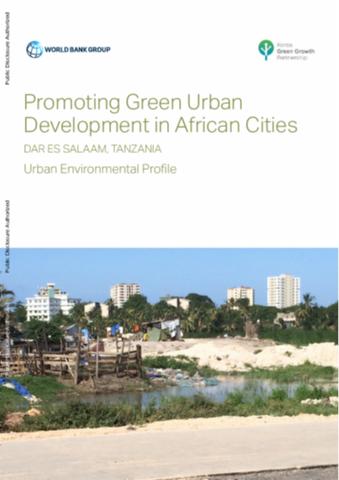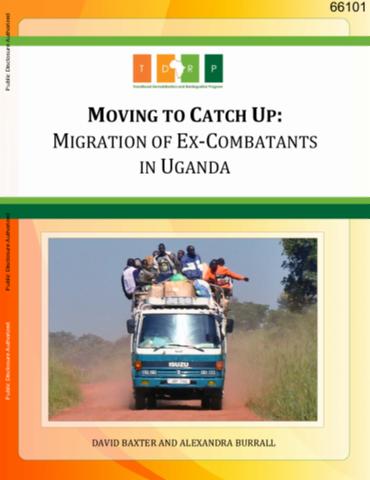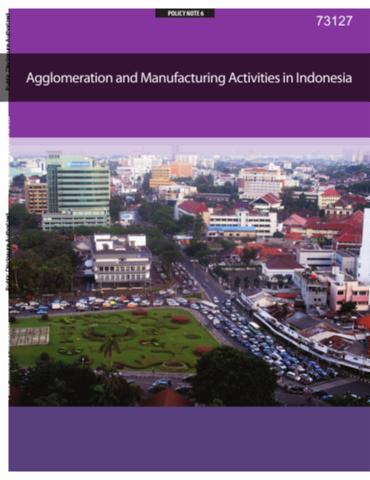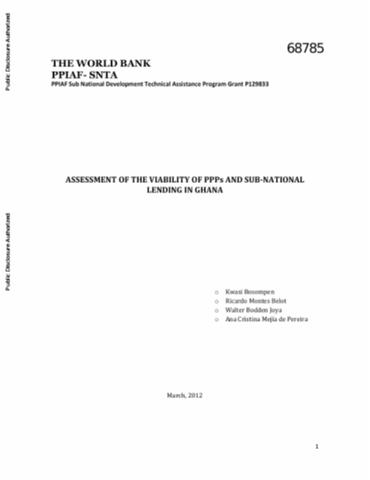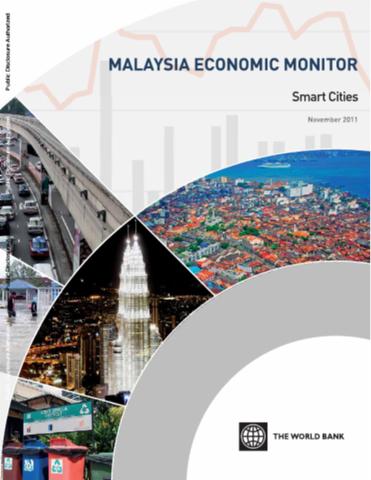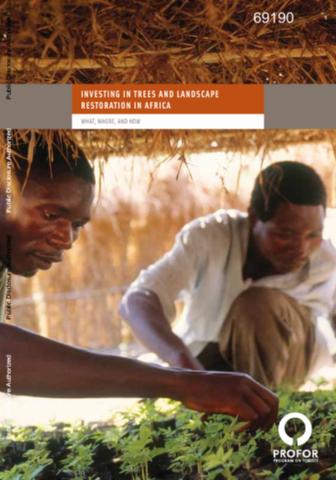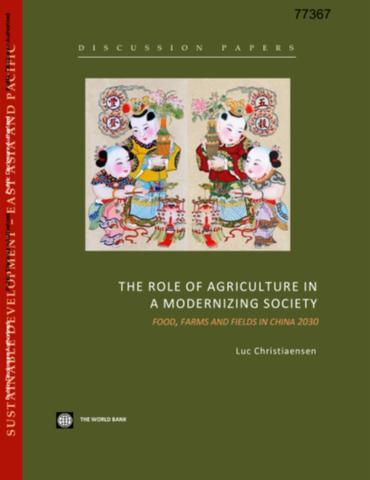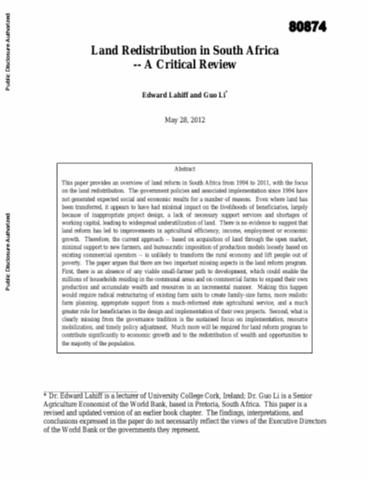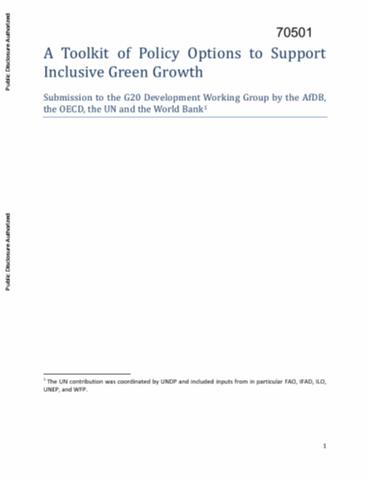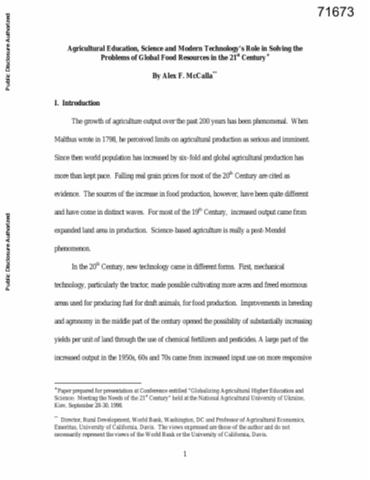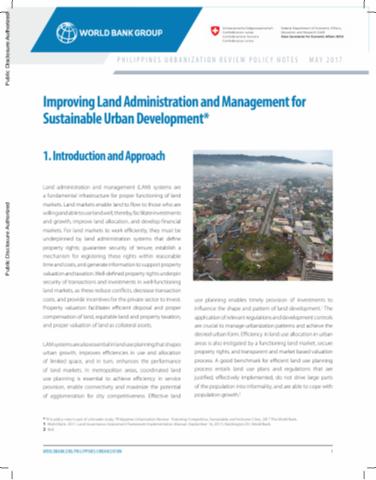Promoting Green Urban Development in African Cities
The city of Dar es Salaam, Tanzania has undergone a period of unprecedented urbanization that has contributed to the degradation of the city’s natural environment. With a growth rate above or near 5% for the past three decades, it is the fastest growing city in East Africa. The arrival of thousands of in-migrants year after year has overwhelmed the city’s ability to deliver adequate public services, housing and jobs. Unplanned, densely populated informal settlements that lack basic water, sewer, and waste services now cover much of the city’s land area.

